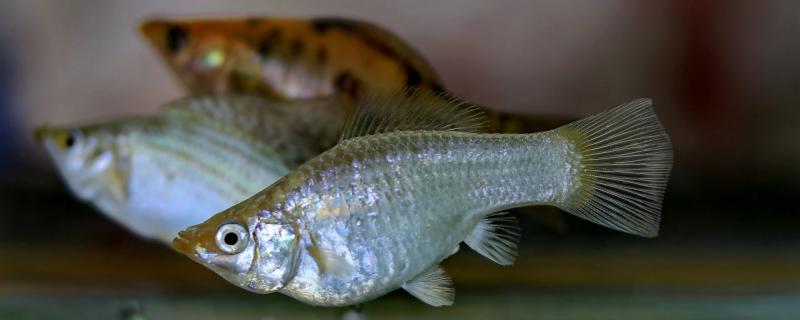
. Mary fish is neither a viviparous fish nor an oviparous fish. But their mode of production is similar to these two modes. They are ovoviviparous. During the annual breeding season, the male chases the female and delivers sperm to her body. At this time, the sperm combines with the egg and develops into a fertilized egg. Finally, the fertilized eggs develop into young fish in the female fish.
In this process, the energy for fertilized eggs to develop into young fish is not provided by male fish, but by yolk. Therefore, it cannot be said that they are viviparous fish. Young fish are produced by female fish and hatched from eggs from time to time, so they can not be said to belong to oviparous fish.
are born in a litter of Mary fish? How many small fish are born in a litter of Mary fish is not fixed. Even for the same female fish, the number of each birth is different. And how many small fish they produce at a time has a lot to do with their size. Larger fish produce more than smaller Mary fish. This is because the bigger ones can accommodate more fish.
As they grow and develop, they produce more each time. Usually they can produce 50-100 small fish at a time. However, there are some very large and productive Mary fish, which can produce up to 200 small fish, but this is rare.